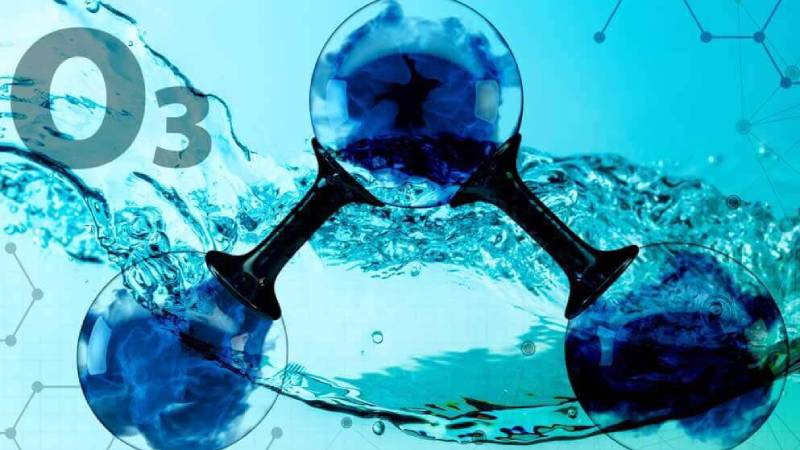
Access to clean and safe drinking water is critical for public health and nations’ economy. Despite technological innovations and economic progress, several regions around the world still struggle with water pollution and contamination issues. As the global population continues to grow, meeting the demand for clean water is becoming increasingly challenging. Ozone technology is emerging as a powerful and sustainable solution for cleaning water and ensuring its safety for consumption and various industrial applications.
In the quest for innovative solutions, ozone technology has emerged as a powerful tool in purifying water, offering a sustainable and effective alternative to traditional water treatment methods.
Ozone (O3) is a naturally occurring, triatomic form of oxygen. Unlike its more common counterpart, oxygen (O2), ozone is a highly reactive molecule. It is formed when oxygen molecules are exposed to energy in the form of ultraviolet light, electrical discharge, or chemical reactions. Ozone's reactivity is harnessed for water treatment purposes. When dissolved in water, ozone reacts with organic and inorganic contaminants, effectively breaking them down into harmless byproducts. This process, known as oxidation, is a powerful disinfectant that eliminates a wide range of pathogens, including bacteria, viruses, and algae.
Disinfection and Sterilization: Ozone is up to 50 times more effective than chlorine as a disinfectant. It rapidly deactivates and destroys bacteria, viruses, and other pathogens without leaving harmful residuals or producing harmful byproducts.
Removal of Organic Compounds: Ozone technology excels at removing organic pollutants such as pesticides, pharmaceuticals, and industrial chemicals from water. It breaks down these complex compounds into simpler, non-toxic substances.
Deodorization and Taste Removal: Ozone effectively eliminates unpleasant odors and tastes caused by organic or inorganic substances present in water, providing a more palatable and aesthetically pleasing drinking experience.
Color and Turbidity Reduction: Ozone aids in the removal of color-causing compounds and particulate matter, resulting in crystal-clear water.
Cryptosporidium and Giardia Inactivation: Ozone has been proven effective in eradicating waterborne parasites like Cryptosporidium and Giardia, which are notoriously resistant to conventional disinfection methods.
Micro-Pollutant Removal: Ozone technology can effectively break down a wide range of micro-pollutants, including pharmaceutical residues, endocrine-disrupting compounds, and personal care products, which pose significant challenges to traditional water treatment processes.
Chemical-Free Treatment: Ozone decomposes into oxygen, leaving no chemical residuals or harmful byproducts, making it an eco-friendly and sustainable option.
Higher Disinfection Efficacy: Ozone is a more potent disinfectant compared to traditional chemicals like chlorine, ensuring a higher level of safety in water treatment.
Reduced Treatment Time: Ozone acts quickly, reducing the contact time needed for effective disinfection, which can lead to more efficient water treatment processes.
Elimination of Taste and Odor Problems: Ozone efficiently addresses issues related to taste and odor, providing water that is more palatable for consumers.
Minimal Environmental Impact: Ozone technology does not contribute to the formation of harmful byproducts or contribute to the formation of disinfection byproducts (DBPs), which can be hazardous to aquatic ecosystems.
Ozone technology represents a significant advancement in the field of water cleaning and treatment. Its ability to effectively remove a wide range of contaminants while minimizing environmental impact makes it an attractive choice and a promising solution for ensuring access to safe and clean drinking water. As this technology continues to evolve, it holds the potential to play a pivotal role in safeguarding the health and well-being of people around the globe.